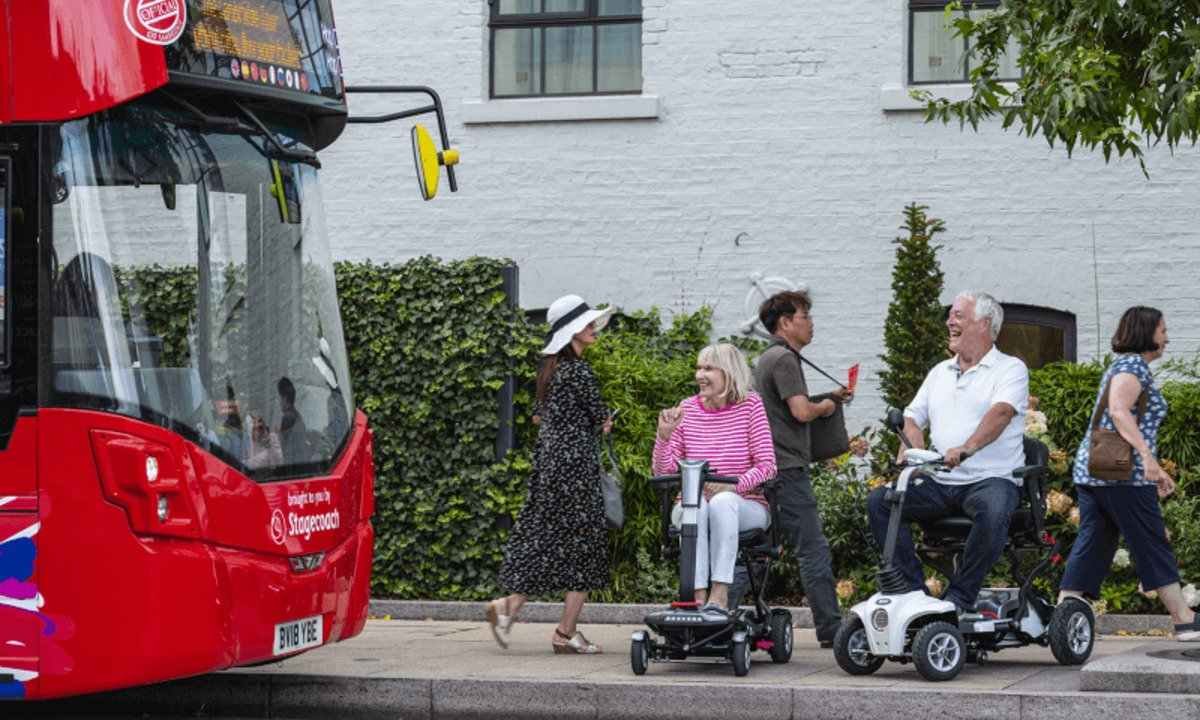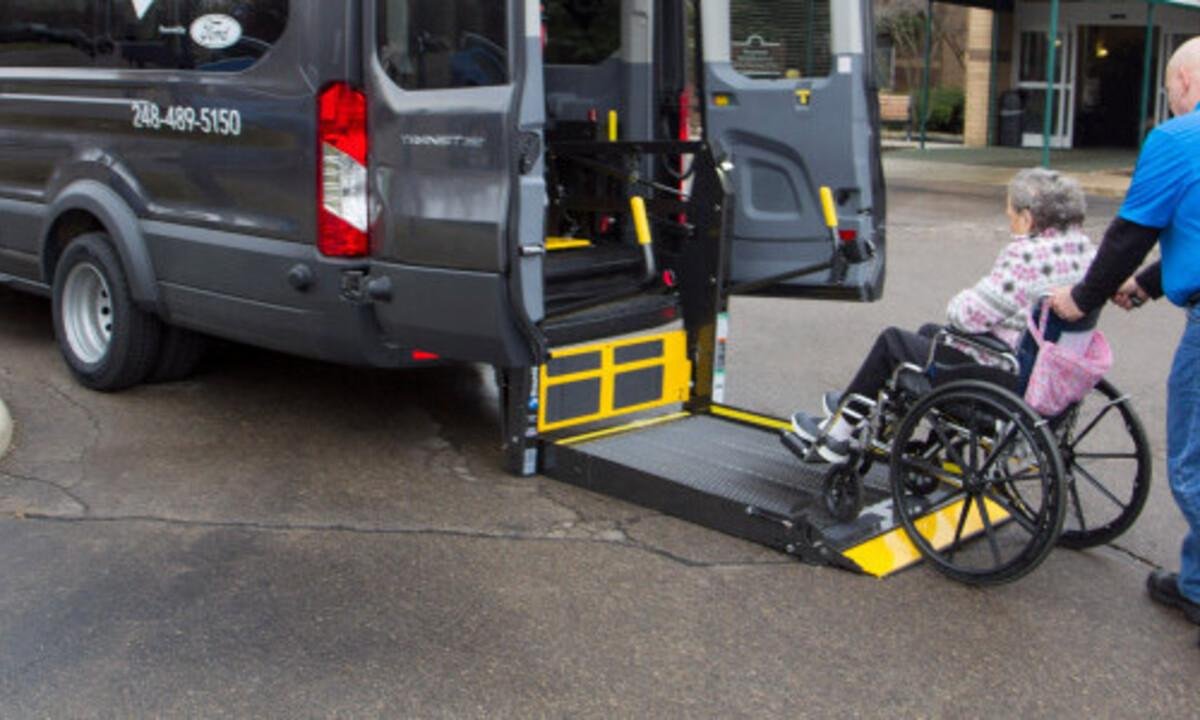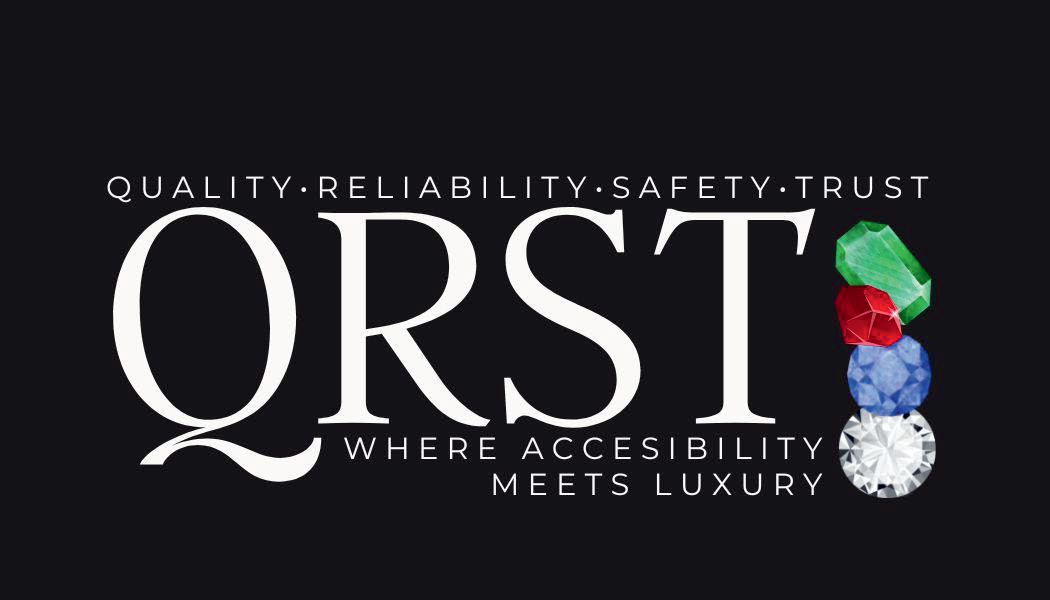Transportation is a fundamental aspect of modern society, enabling people to access employment, education, healthcare, and social activities. For individuals with mobility challenges, such as those who use wheelchairs, transportation options are crucial for maintaining independence and participating fully in their communities. In the Washington D.C., Maryland, and Virginia (DMV) region, both public and private wheelchair transportation services are available to cater to the diverse needs of individuals with disabilities. This article of QRST Wheelchair Transportation aims to provide a comprehensive analysis of the public and private wheelchair transportation options in the DMV, comparing their services, benefits, challenges, and implications for the disabled community.
Public Wheelchair Transportation Options
Public transportation plays a vital role in providing accessible mobility solutions for wheelchair users in the DMV area. The primary public transportation systems in the region include the Washington Metropolitan Area Transit Authority (WMATA) and the Maryland Transit Administration (MTA). These agencies offer several accessible options:
Accessible Buses
Both WMATA and MTA operate accessible buses equipped with ramps or lifts to accommodate wheelchair users. These buses provide curb-to-curb service, allowing individuals with disabilities to board and disembark safely.
Metro Access:
WMATA offers a paratransit service called Metro Access, designed for people with disabilities who are unable to use fixed-route public transportation. Metro Access provides door-to-door service, scheduling rides based on passengers’ needs and destinations.
Accessible Metro Rail Stations:
Many metro rail stations in the DMV have been equipped with elevators, ramps, and other features to make them accessible to wheelchair users. This allows individuals to travel within the city using the metro system.
Benefits of Public Wheelchair Transportation Options

Affordability
Public transportation options are generally more cost-effective than private alternatives. They offer reduced fares or discounts for individuals with disabilities, making them accessible to a broader range of people.
Community Integration
Public transportation services promote social integration by connecting wheelchair users with the broader community. This enables them to attend events, meet friends, and engage in various activities.
Environmental Impact
Utilizing public transportation reduces the carbon footprint, contributing to a cleaner environment. The adoption of accessible public transportation can lead to a more sustainable transportation system.
Challenges of Public Wheelchair Transportation Options
Limited Coverage:
While public transportation options are improving, there are still areas with limited or no accessible services. This can hinder the mobility of wheelchair users living in such areas.
Scheduling Constraints:
Paratransit services like Metro Access often require advanced scheduling, which might not always align with passengers’ spontaneous travel needs.
Capacity Issues:
Public transportation can face overcrowding during peak hours, making it challenging to ensure sufficient space for wheelchair users and their assistive devices.
Private Wheelchair Transportation Options
Private wheelchair transportation services in the DMV region are primarily provided by specialized companies that focus on catering to the needs of individuals with disabilities. These services offer various options:
Accessible Taxis and Ride-Sharing:
Some private taxi companies and ride-sharing services offer accessible vehicles equipped with ramps or lifts to accommodate wheelchair users.
Non-Emergency Medical Transportation:
Private companies specializing in non-emergency medical transportation provide wheelchair-accessible vehicles for individuals who require transportation to medical appointments.
Dedicated Transport Providers:
There are companies that exclusively offer wheelchair transportation services, ensuring that vehicles are fully equipped to accommodate wheelchairs and passengers with disabilities.
Benefits of Private Wheelchair Transportation Options

Flexibility:
Private wheelchair transportation services often provide more flexibility in terms of scheduling and pickup locations. This can be especially advantageous for those with unpredictable travel needs.
Direct Routes:
Private services can offer direct routes to destinations, reducing travel time and ensuring that passengers reach their destinations more efficiently.
Personalized Assistance:
Private transportation options may provide personalized assistance, including door-to-door service, helping passengers with getting in and out of vehicles, and handling their mobility devices.
Challenges of Private Wheelchair Transportation Options
Higher Costs:
Private transportation services are typically more expensive than public options, which can be a barrier for individuals with limited financial resources.
Inconsistent Quality:
The quality of private transportation services can vary. Some companies may not maintain their vehicles adequately or train their drivers to handle the specific needs of passengers with disabilities.
Availability:
Private wheelchair transportation services may not be available in all areas, limiting the choices for wheelchair users in certain locations.
Implications
The availability and quality of wheelchair transportation services in the DMV region have far-reaching implications for individuals with disabilities, their families, the broader community, and the transportation sector as a whole. Understanding these implications is crucial for policymakers, service providers, and advocacy groups to ensure that the transportation landscape becomes more inclusive and accommodating.
1. Accessibility and Inclusion:
The availability of accessible transportation options directly impacts the overall inclusion of individuals with disabilities. A well-established public transportation system with widespread accessibility features encourages people with mobility challenges to engage more actively in social, educational, and professional activities. Moreover, accessible transportation contributes to breaking down barriers and reducing the social isolation that individuals with disabilities often experience.
2. Economic and Social Participation:
Access to reliable transportation is vital for economic and social participation. Without proper transportation options, individuals with disabilities might be limited in their ability to seek employment, attend educational programs, or participate in recreational activities. Both public and private wheelchair transportation services can empower individuals to pursue their ambitions and contribute to the community’s economic and social growth.
3. Environmental Sustainability:
The DMV region, like many other urban areas, faces challenges related to traffic congestion and environmental pollution. By encouraging the use of accessible public transportation options, the region can reduce the number of private vehicles on the road, leading to decreased air pollution and traffic congestion. An environmentally sustainable transportation system benefits everyone and aligns with the broader goal of creating more livable and healthy communities.
4. Health and Well-being:
The ability to access transportation services impacts the overall well-being and health of individuals with disabilities. Regular transportation to medical appointments, therapy sessions, and wellness activities is crucial for maintaining physical and mental health. Public transportation that accommodates wheelchairs allows individuals to lead healthier lives by ensuring their access to necessary healthcare services.
5. Choice and Autonomy:
The availability of both public and private wheelchair transportation options offers individuals with disabilities the freedom to choose the mode of transportation that best suits their needs and preferences. Some individuals might prefer the convenience of private services, while others may value the affordability and community integration aspects of public transportation. Having a variety of options enhances the autonomy of individuals with disabilities in deciding how they navigate their surroundings.
6. Collaboration and Innovation:
The competition between public and private transportation options can encourage innovation and improvements in both sectors. As public transportation agencies work to enhance their accessibility features, private companies may develop new technologies and solutions to offer more efficient and convenient services. This collaboration benefits passengers by providing a broader range of high-quality choices.
7. Policy and Advocacy:
The implications of wheelchair transportation services extend to the policy and advocacy arenas. Effective advocacy can lead to better funding and support for accessible transportation initiatives. Collaboration between disability advocacy groups, transportation agencies, and private companies can foster the development of policies that address the unique needs of individuals with disabilities while ensuring the sustainability of the transportation system.
Conclusion
The choice between public and private wheelchair transportation options in the DMV region depends on various factors, including accessibility needs, financial considerations, and travel requirements. Public transportation services provide a cost-effective and community-oriented solution, promoting social integration and environmental sustainability. However, challenges related to coverage, scheduling, and capacity remain.
On the other hand, private transportation services offer greater flexibility, personalized assistance, and more direct routes, which can be particularly beneficial for those with specific needs or time constraints. Nonetheless, the higher costs associated with private services can be a significant deterrent.
To create a truly inclusive transportation system in the DMV, it is essential for both public and private sectors to collaborate. Public transportation agencies should continue expanding their accessible services to cover underserved areas and enhance scheduling options. Private transportation providers should focus on improving the quality of their services, ensuring reliable and well-maintained accessible vehicles.
In conclusion, the DMV region offers a range of wheelchair transportation options that reflect the ongoing efforts to make transportation more accessible and inclusive for individuals with disabilities. As technology advances and awareness grows, it is hoped that the barriers faced by wheelchair users in accessing transportation will continue to diminish, allowing them to fully participate in the vibrant life of the DMV community.
FAQS
1. What is Metro Access in the DMV region?
Metro Access is a paratransit service in the DMV area, provided by WMATA, offering door-to-door transportation for individuals with disabilities who cannot use regular public transportation due to their mobility needs.
2. How do private wheelchair transportation services differ from public options?
Private wheelchair transportation services, often operated by specialized companies, offer personalized and flexible options, while public services like accessible buses and Metro Access focus on affordability and community integration.
3. What challenges do wheelchair users face with public transportation?
Challenges include limited coverage in some areas, advanced scheduling required for paratransit services, and potential overcrowding during peak hours that might impact wheelchair accessibility.
4. What advantages do private wheelchair transportation services provide?
Private services offer flexibility in scheduling, more direct routes, and personalized assistance, catering to specific needs of passengers requiring wheelchair accessibility.
5. How can the DMV region create an inclusive transportation system?
By improving accessibility in public transportation, expanding coverage, collaborating between public and private sectors, and addressing affordability concerns, the DMV region can work toward a more inclusive transportation system benefiting all residents, including those with disabilities.
